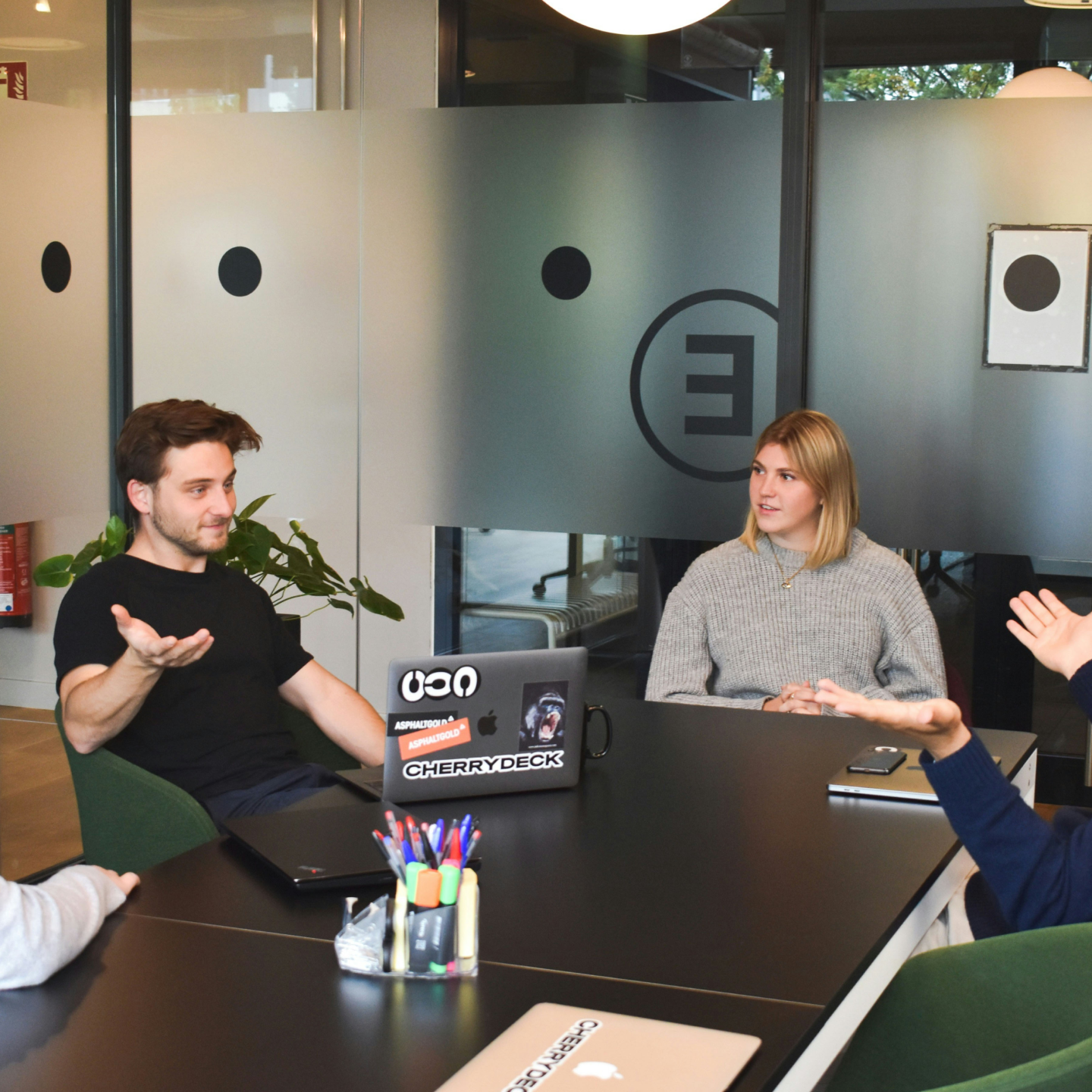In design, we often obsess over tools and frameworks. What’s the latest Figma plugin? What’s the best design system model? These are useful conversations — but there’s another layer of infrastructure we rarely talk about: language.
The way a design team talks to itself — the terms it uses, the metaphors it shares, the shorthand it builds — can profoundly affect how it thinks and works. We’ve learned that internal language is not fluff. It’s a power tool.
Why Naming Matters
When we name a concept, we give it life. We make it visible, discussable, and repeatable. That’s why we pay attention to the words we use during early concepting — even throwaway terms can shape how an idea evolves. Calling a design direction “loud” vs. “confident” creates a different energy. Describing a layout as “elegant chaos” invites different choices than calling it “unstructured.”
Shared language helps us align faster and more intuitively. It also builds culture. Naming patterns like “Z-scan,” “hero confidence,” or “empathy-first UI” might sound internal — and that’s the point. They become part of how the team thinks together.

Language Builds Trust with Clients
This doesn’t stop at the team level. One of the biggest sources of friction in design feedback is unclear vocabulary. When a client says “make it pop,” what do they really mean? When they say “it doesn’t feel modern,” how do we unpack that?
By developing a shared vocabulary early on — using moodboards, metaphors, and structured language around feelings — we help clients articulate what they want more clearly. It saves time and reduces revision cycles, but more importantly, it builds mutual respect.
Stories Travel Better Than Specs
Finally, we use language to build memory. Specs and guidelines are useful, but they’re often forgotten. Stories stick. When we tell the story of a brand voice or a visual choice — why we chose a color, what a microinteraction is meant to convey — people remember it. They can repeat it. They become advocates for the work, not just reviewers.
In short, good language is good design. It’s the connective tissue that keeps teams aligned, ideas moving, and intent preserved.




